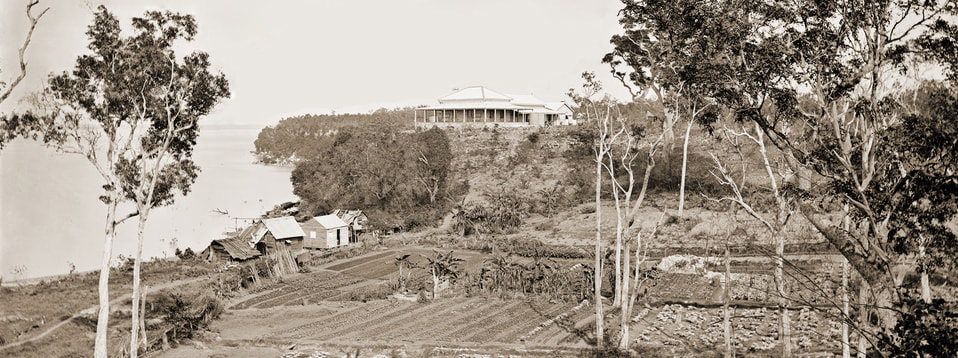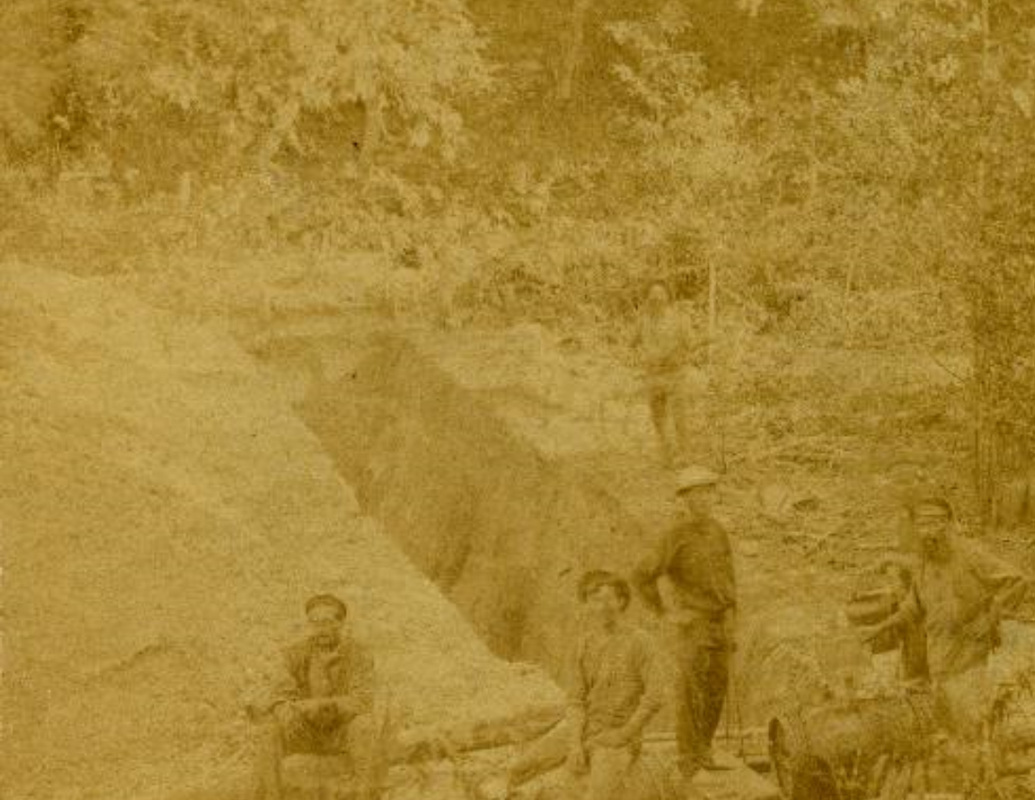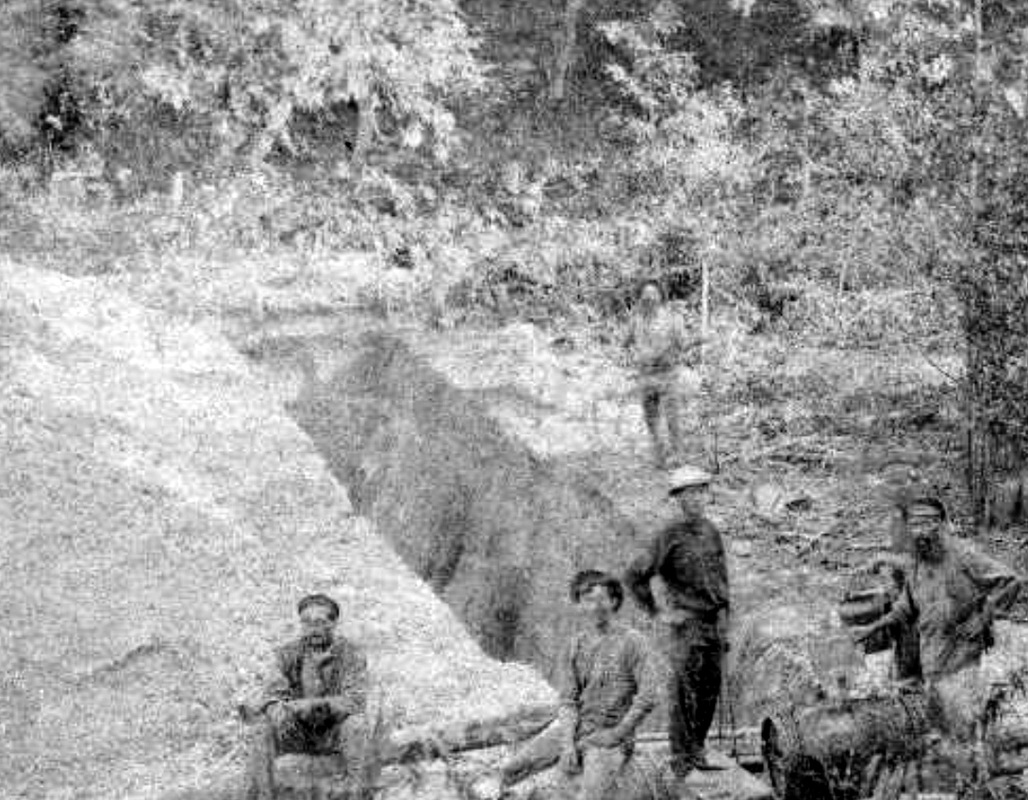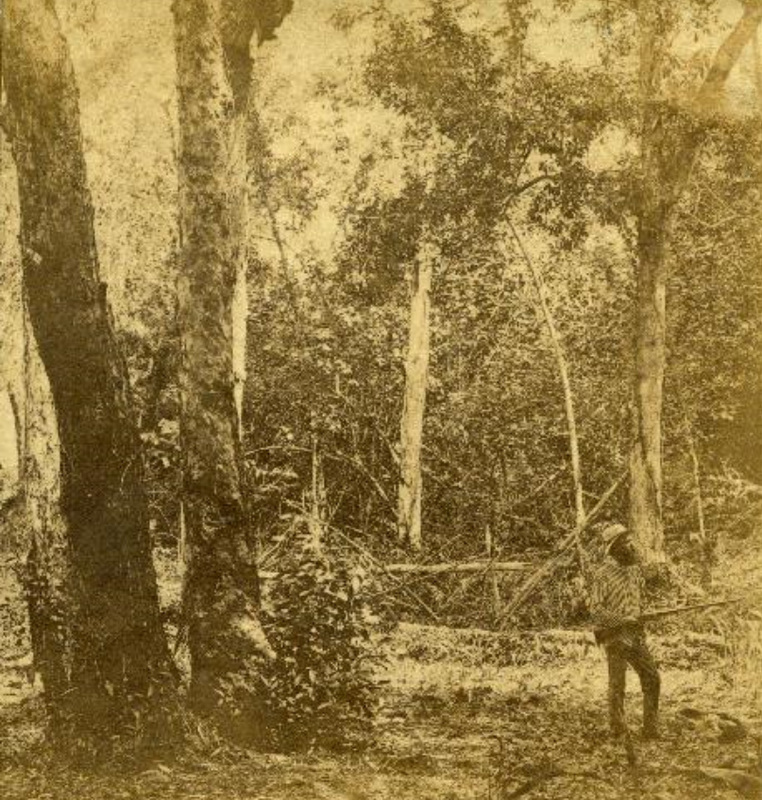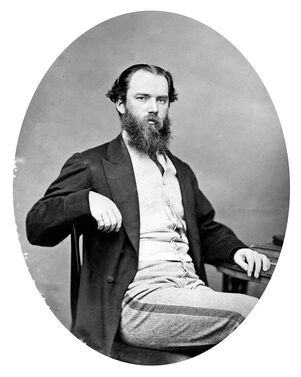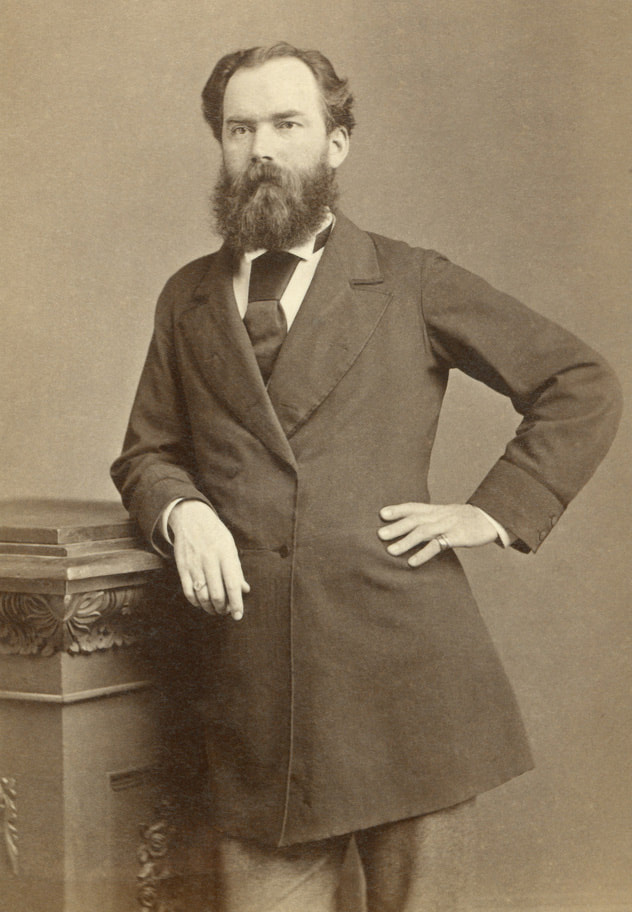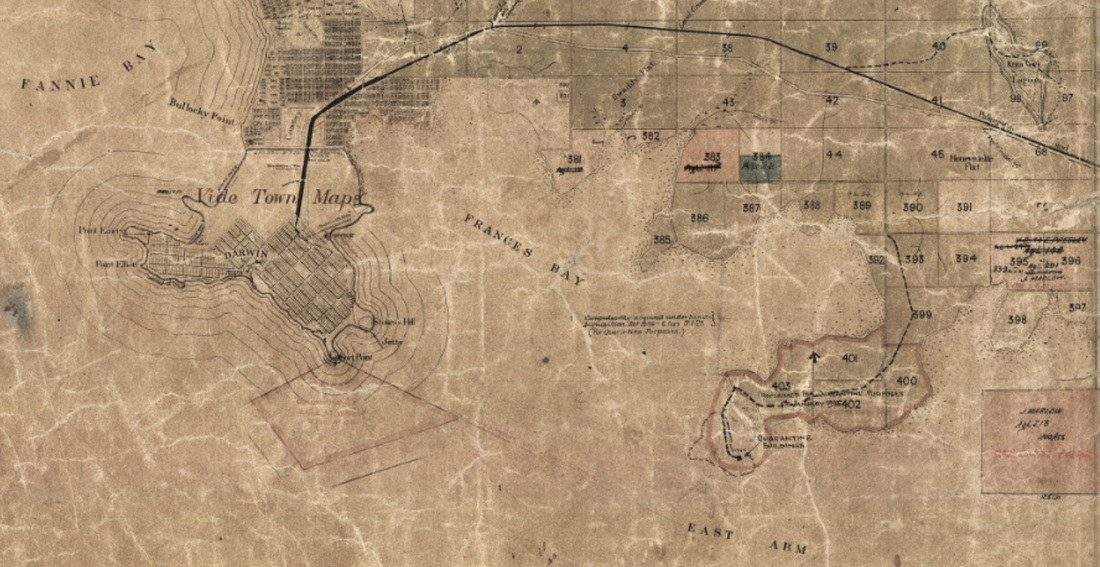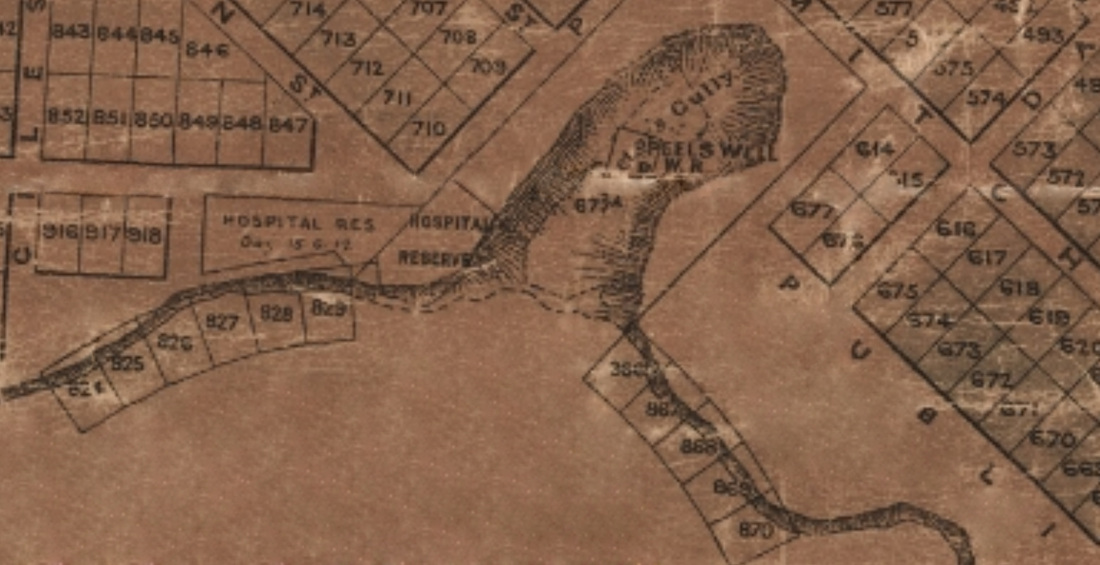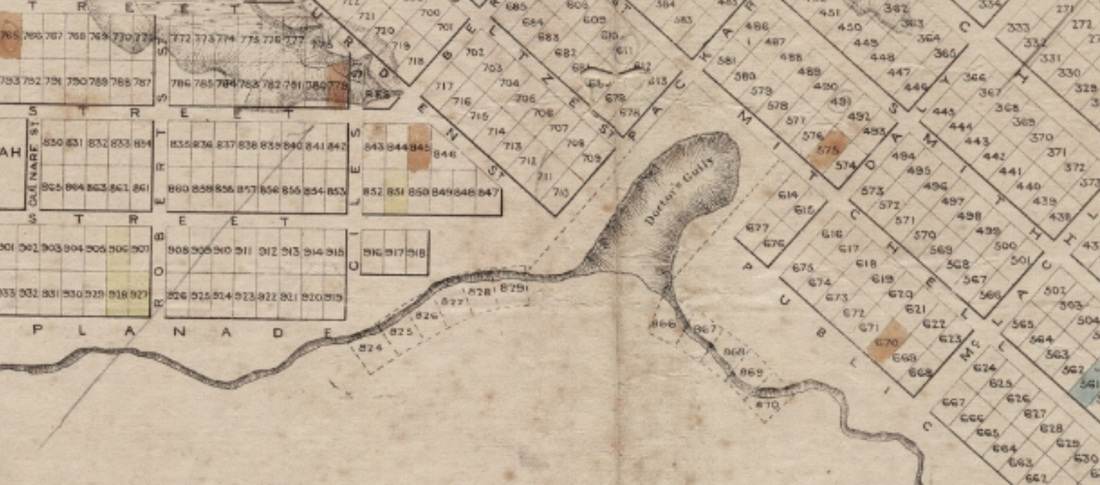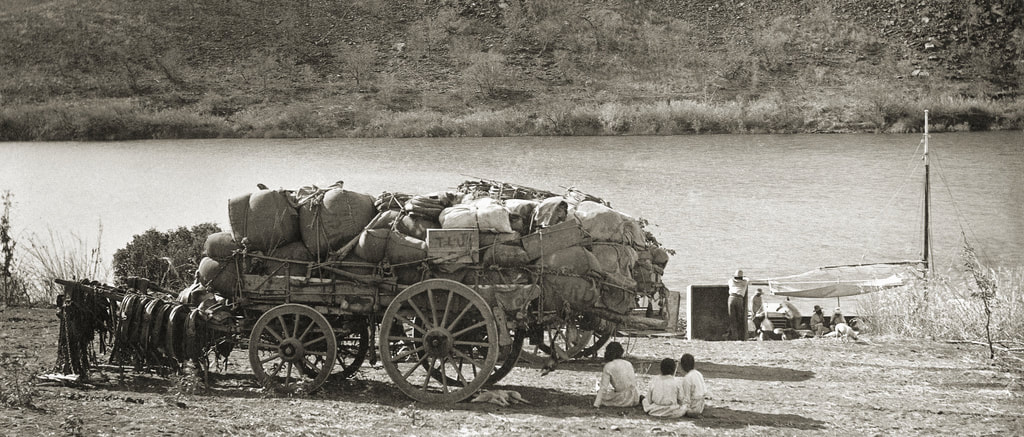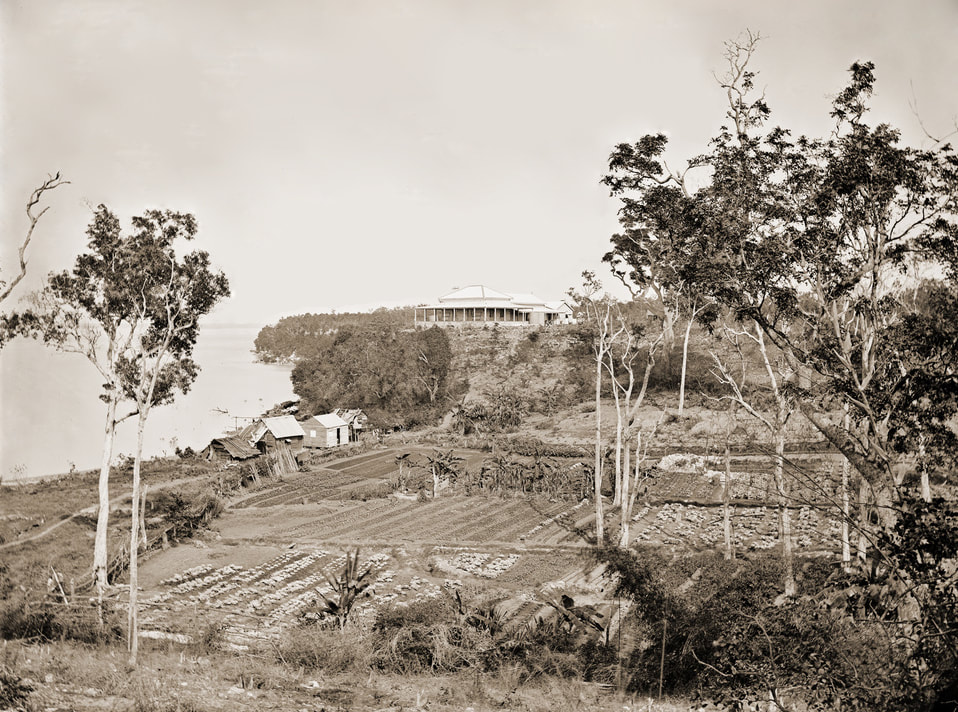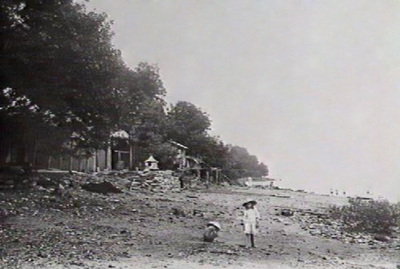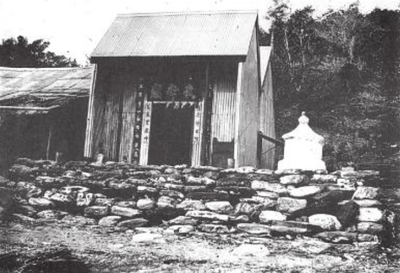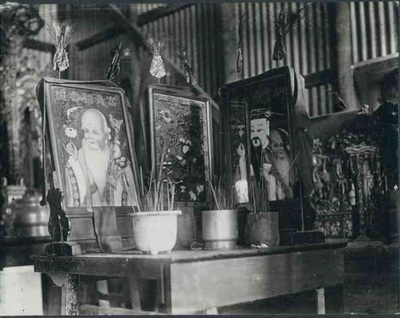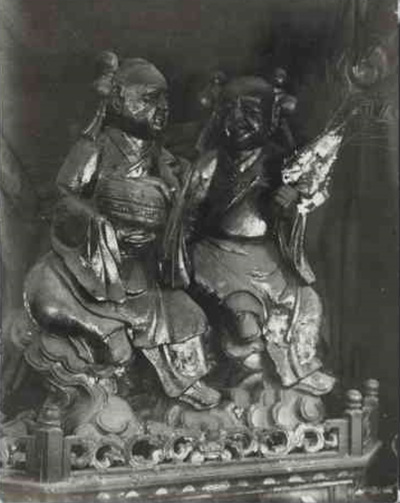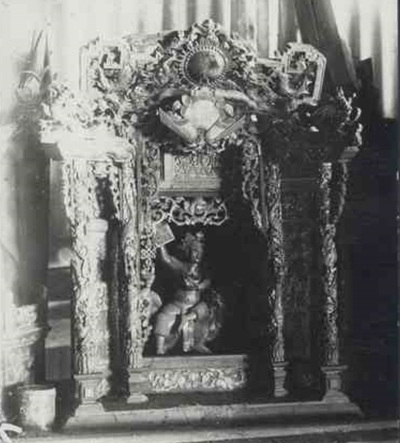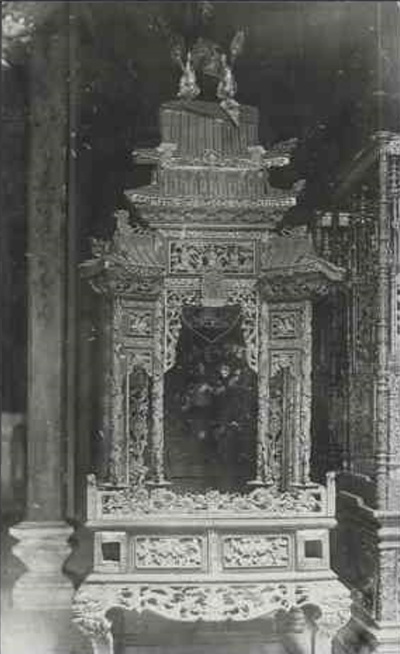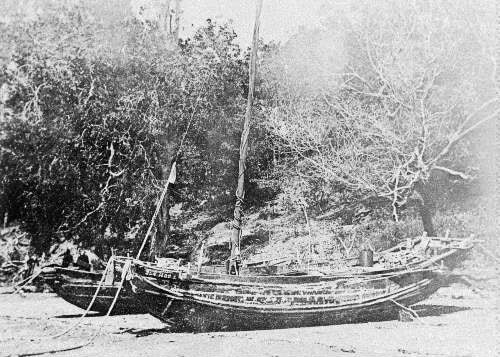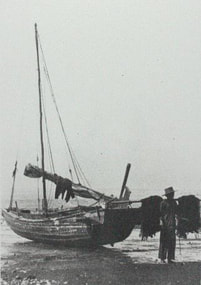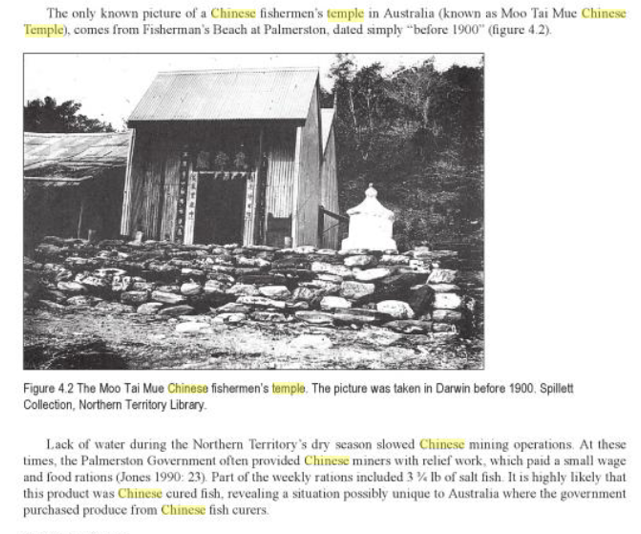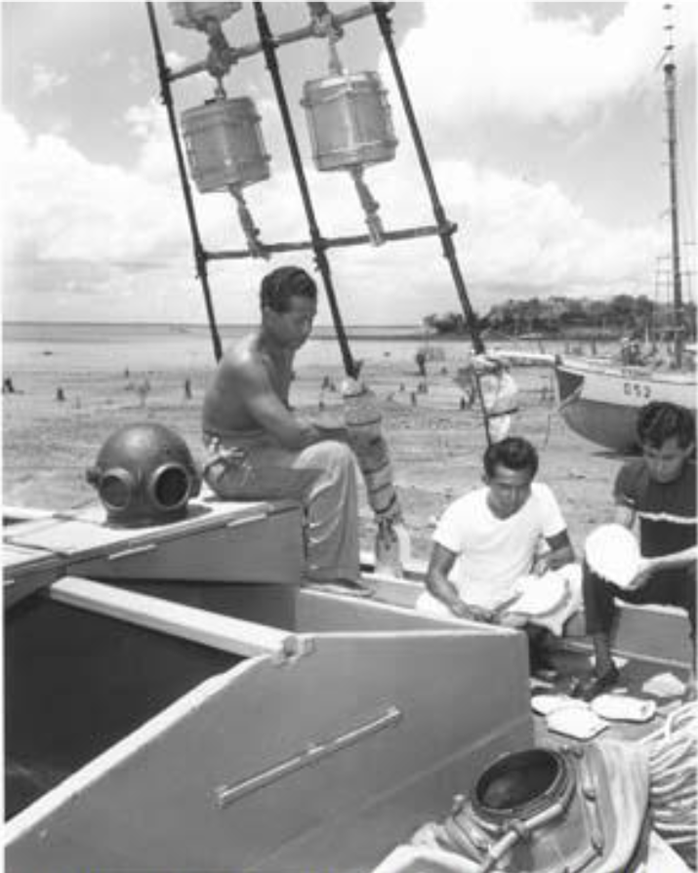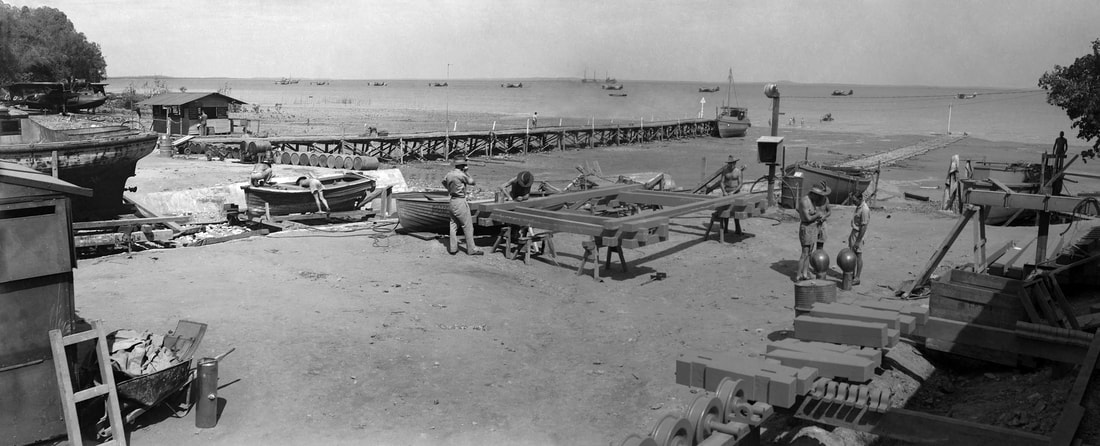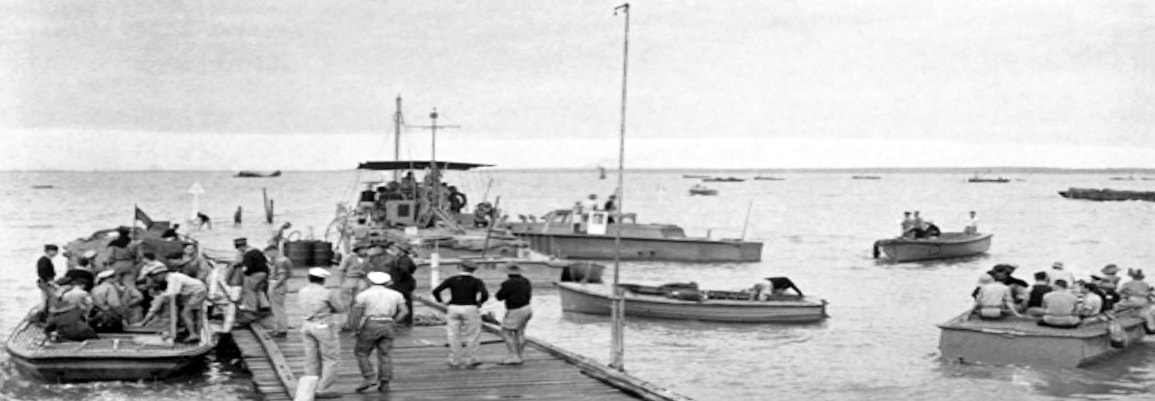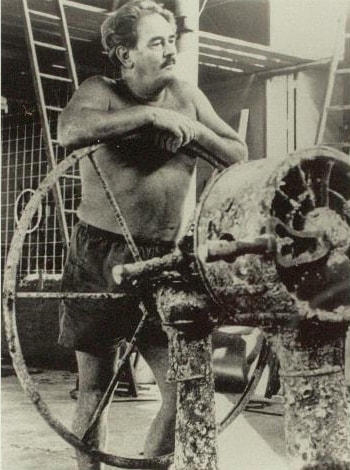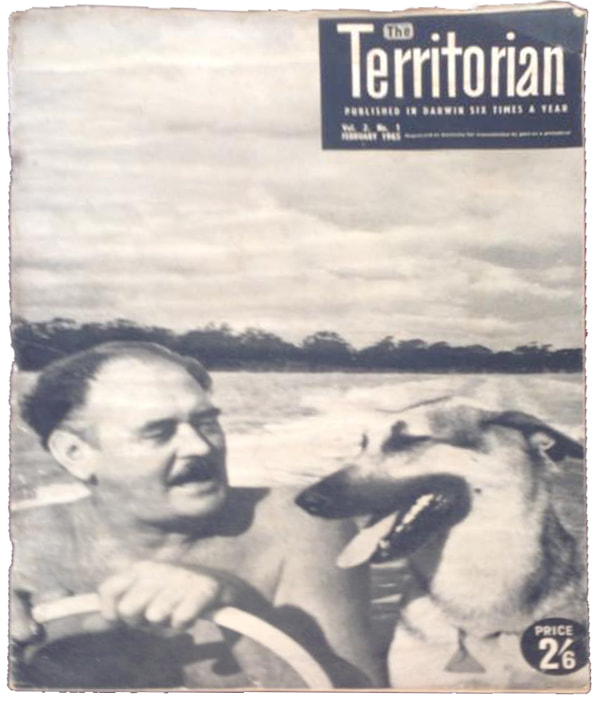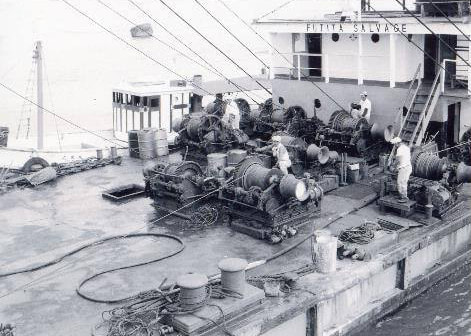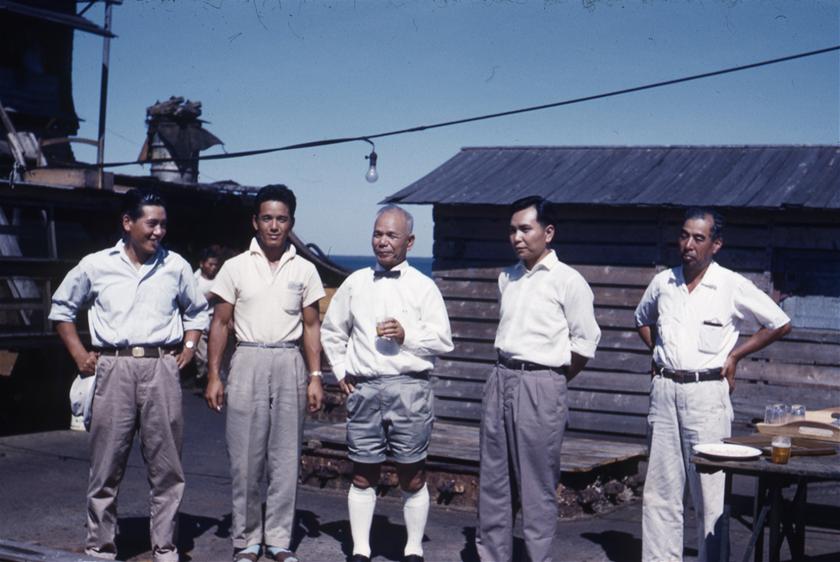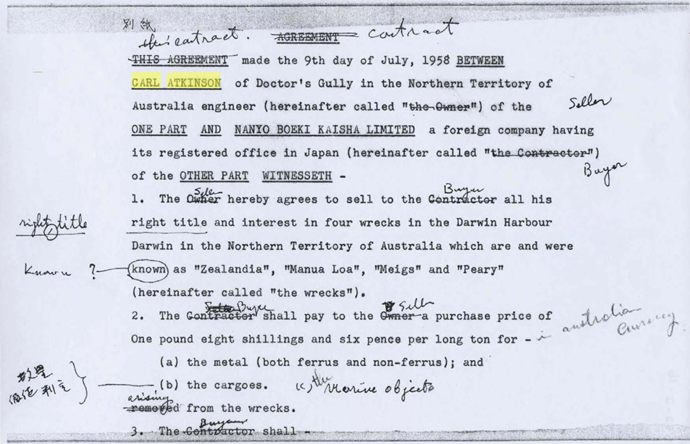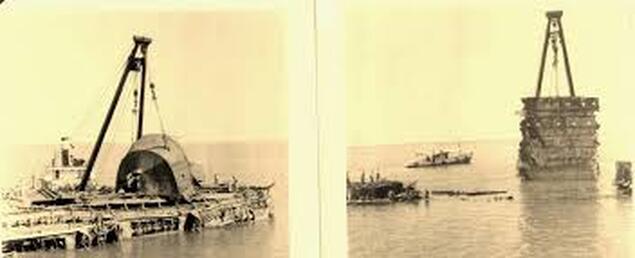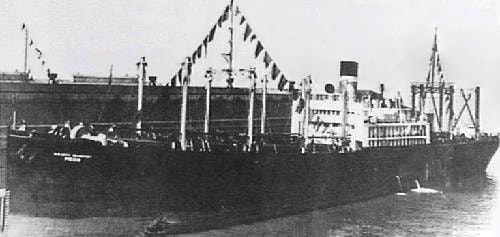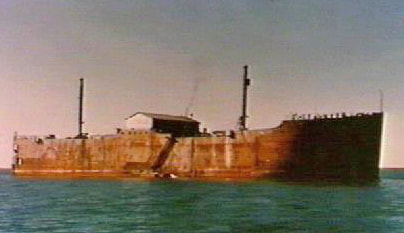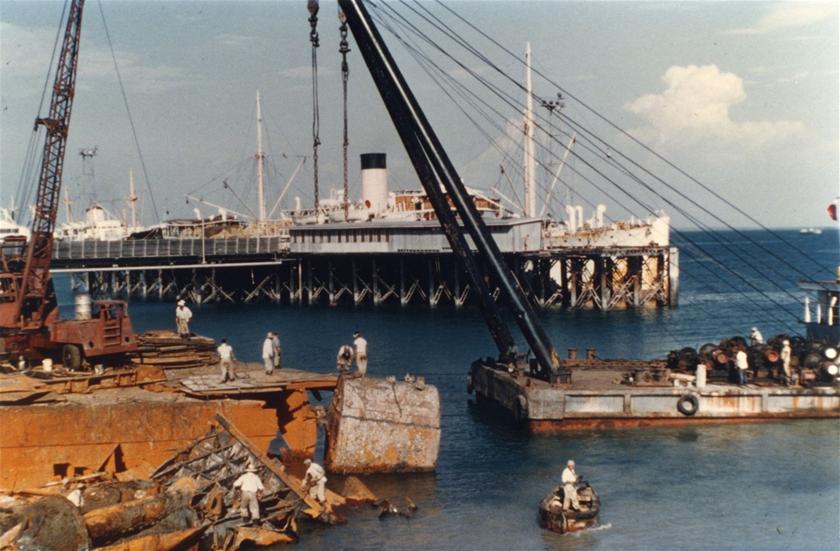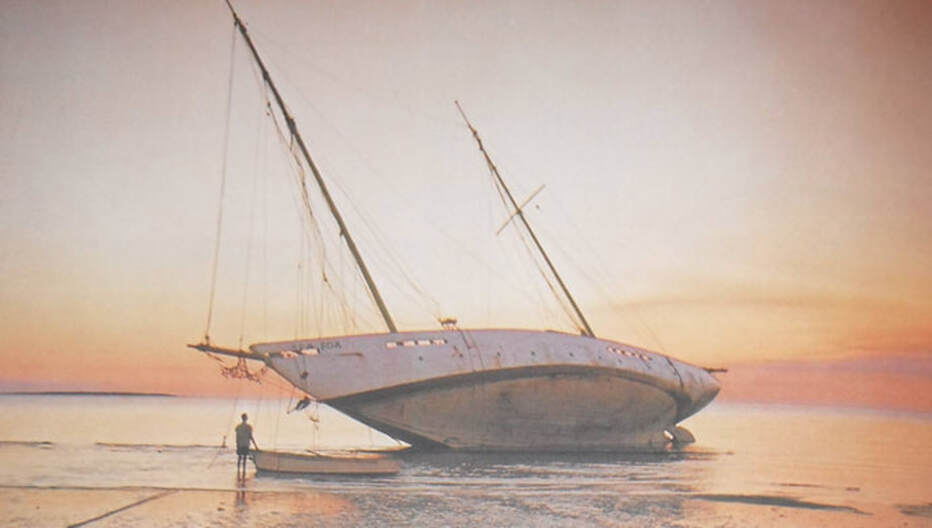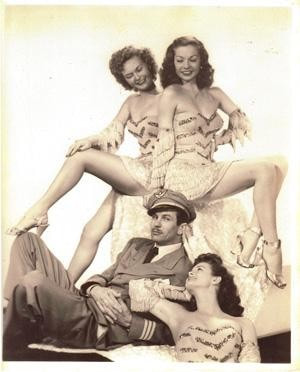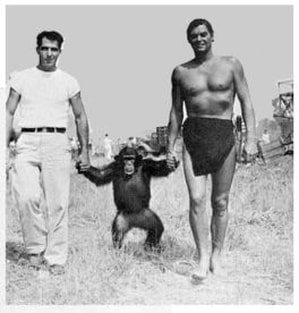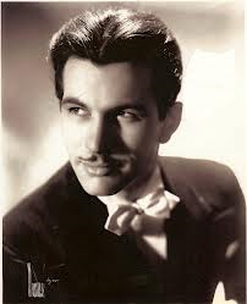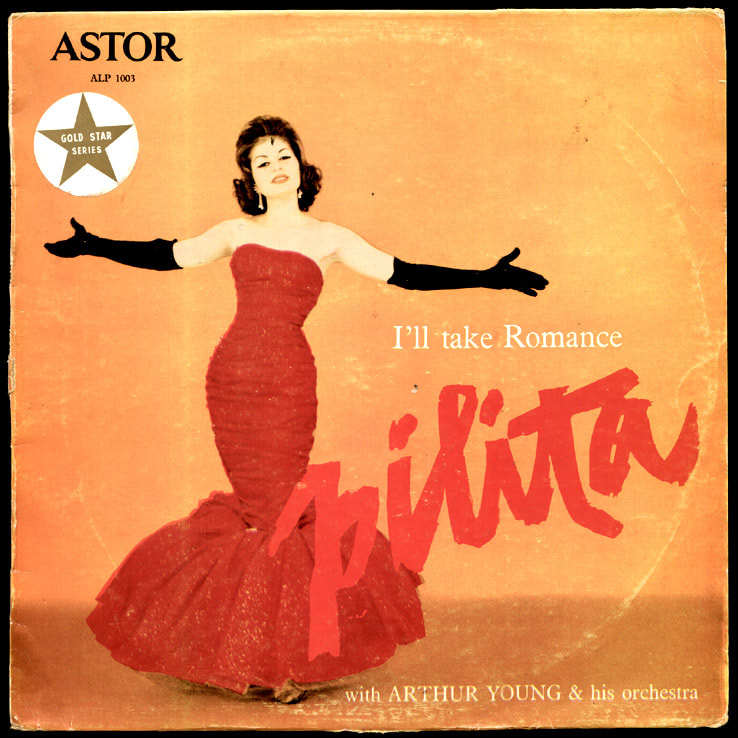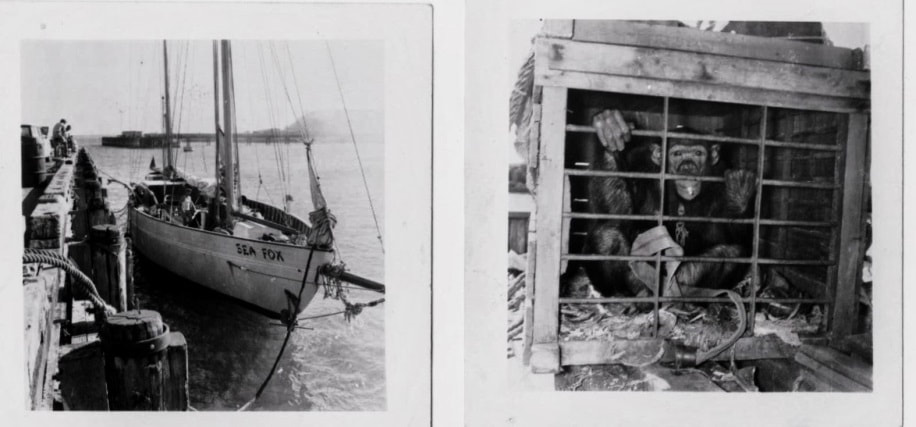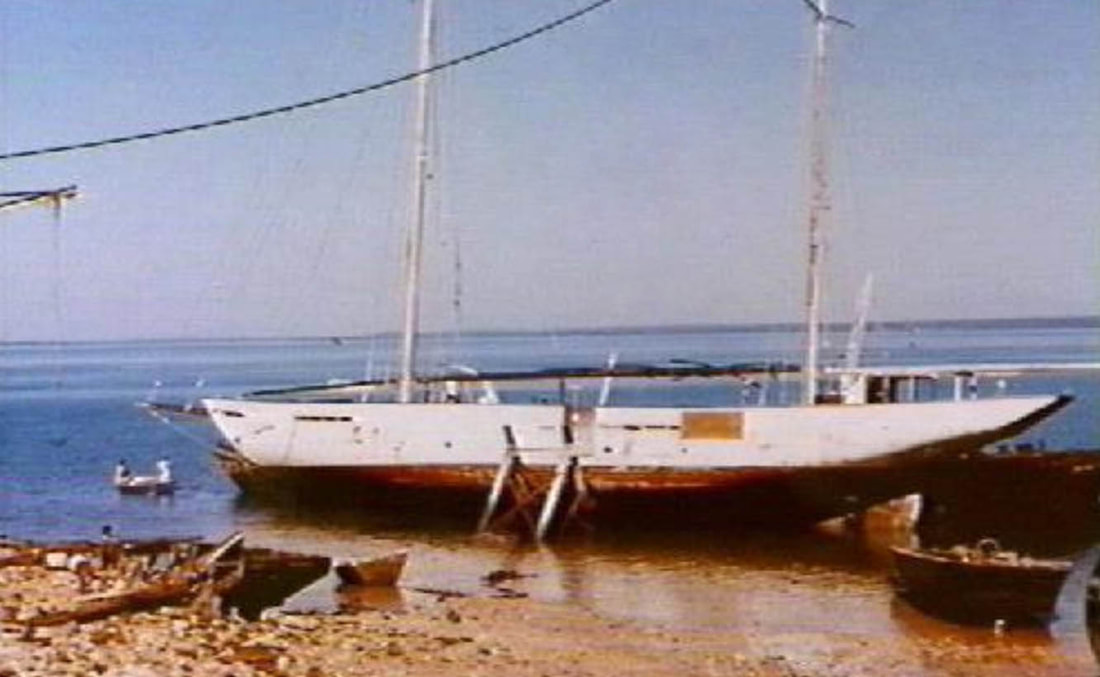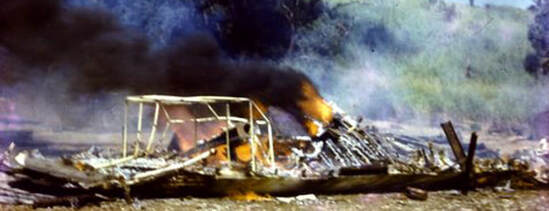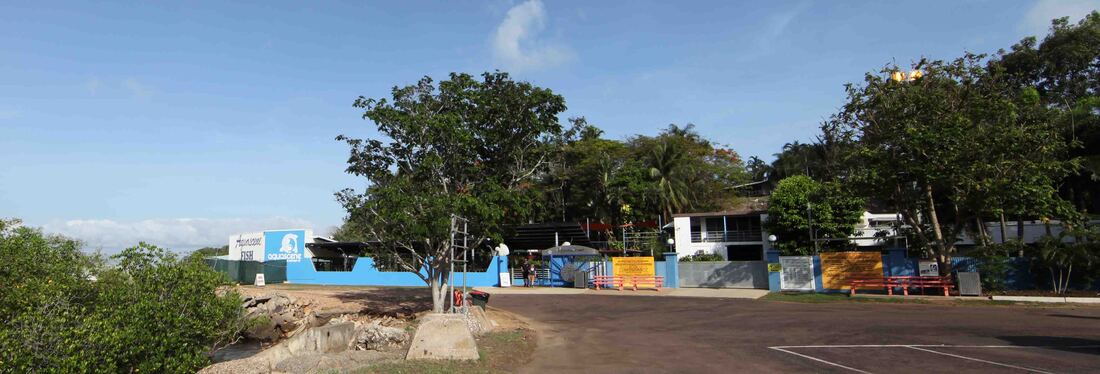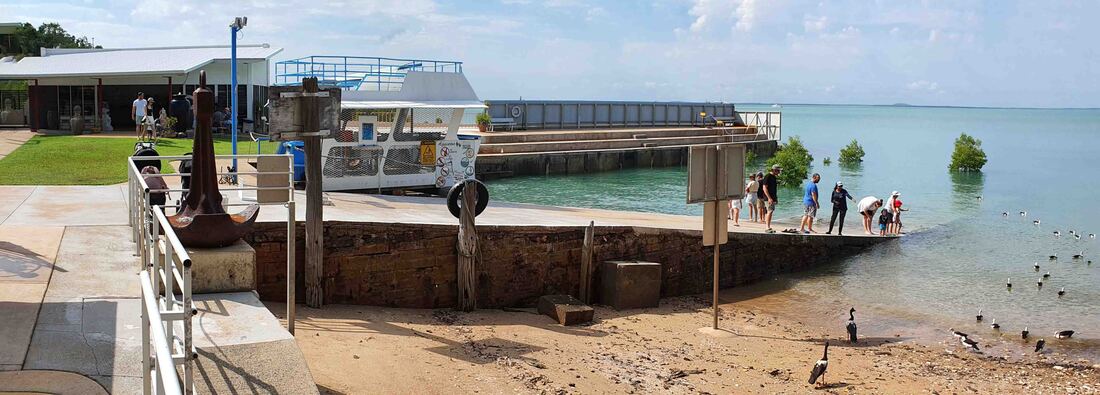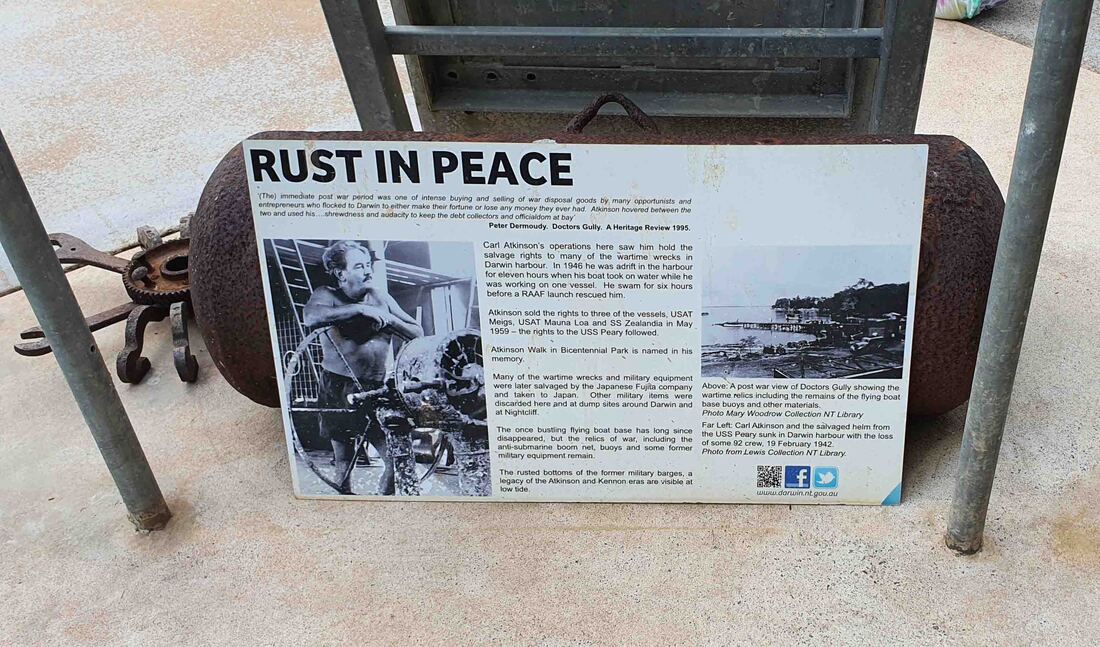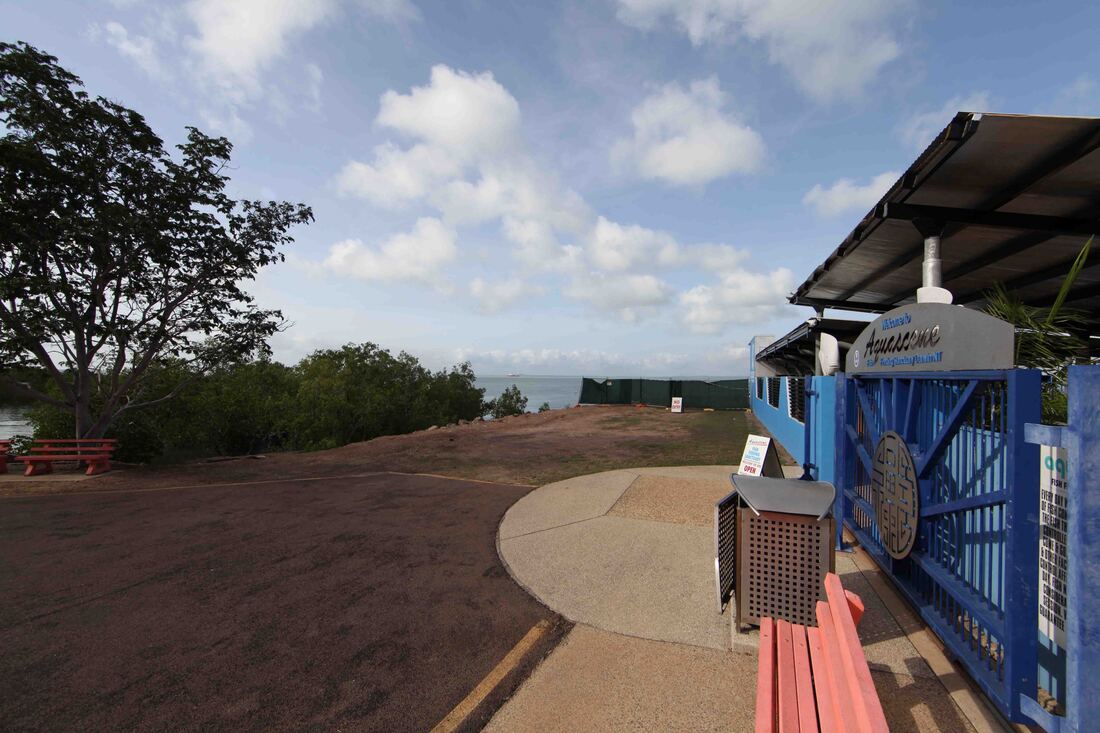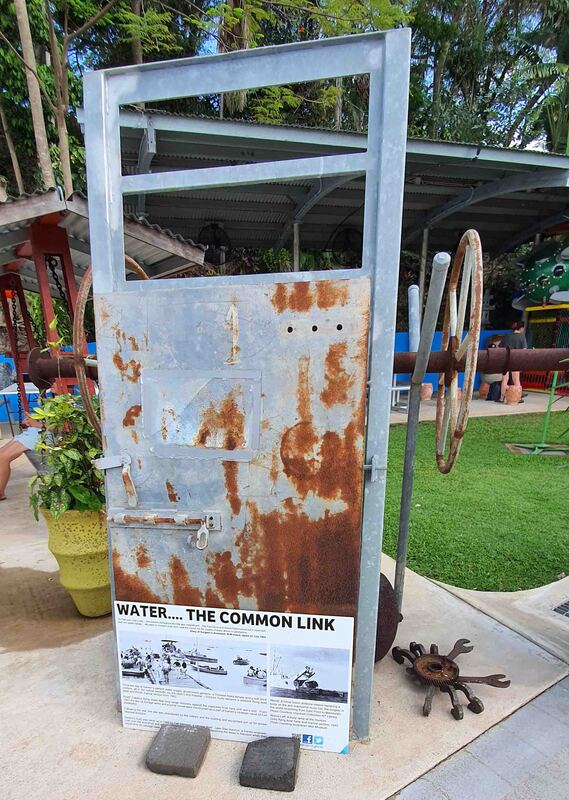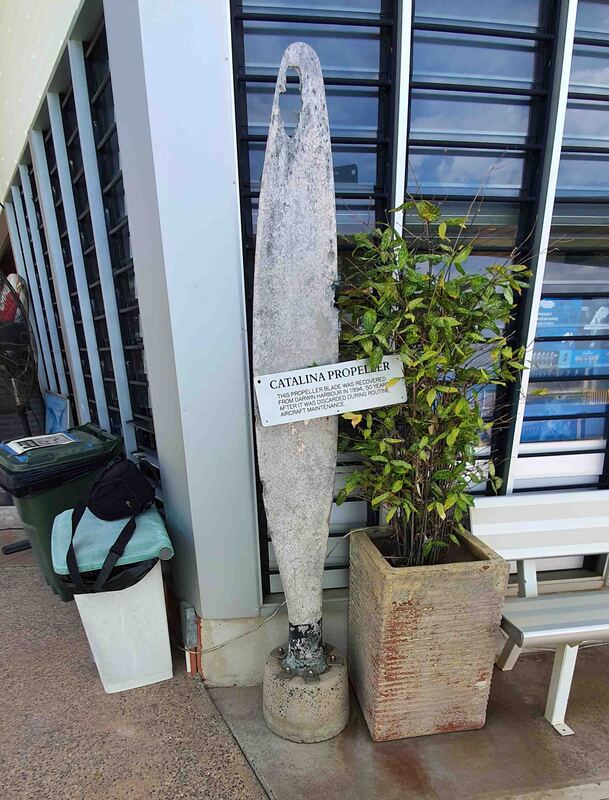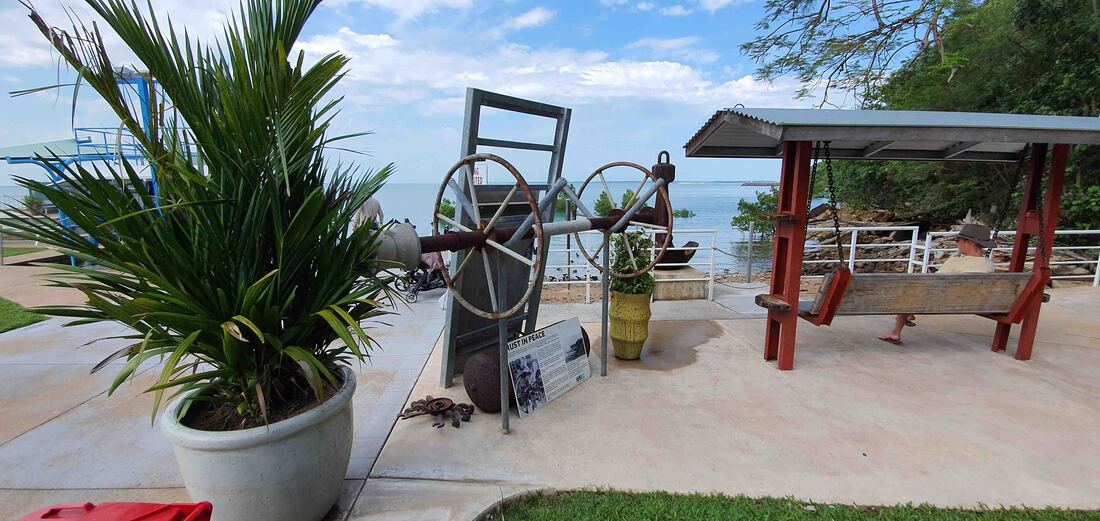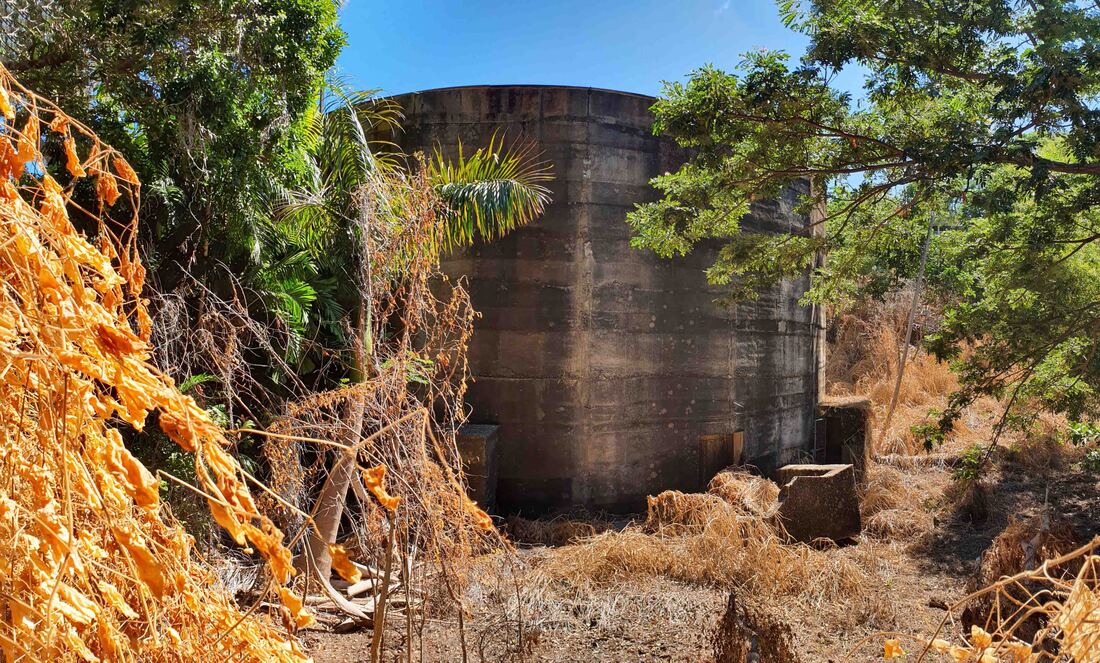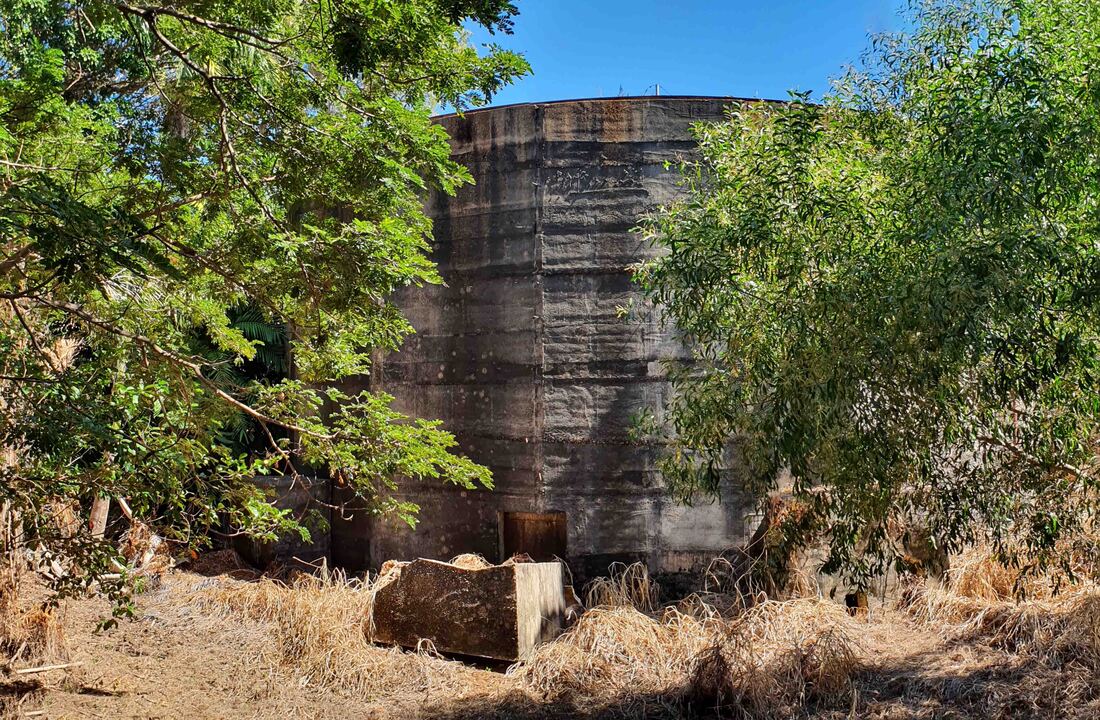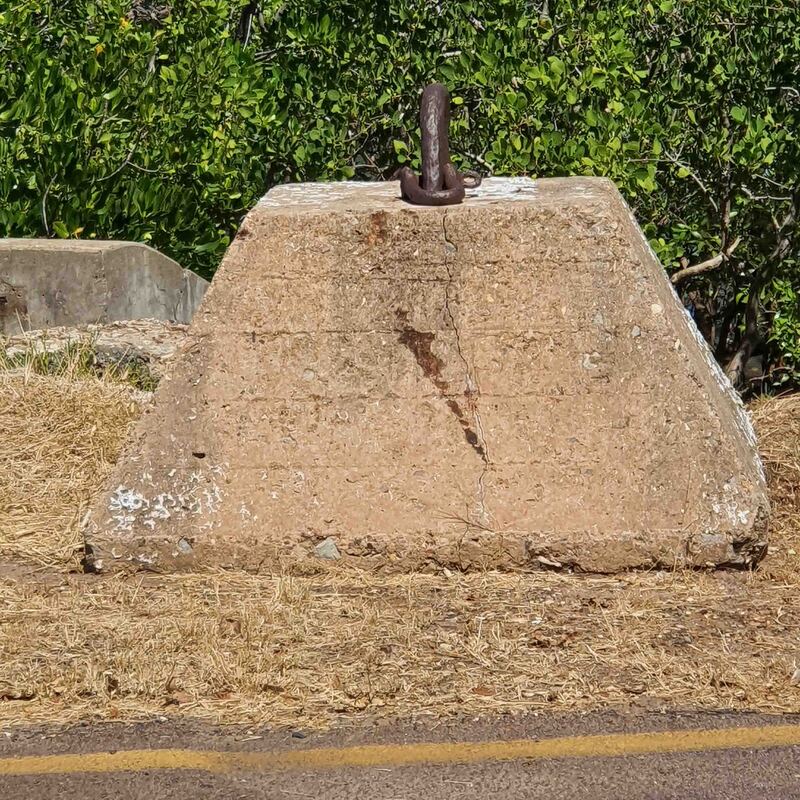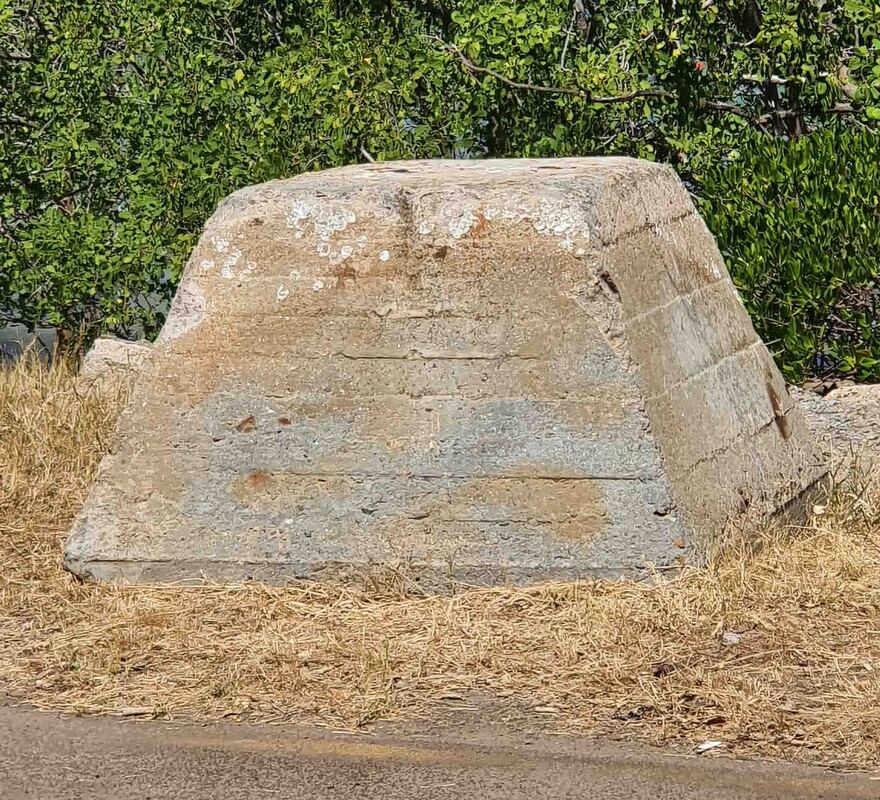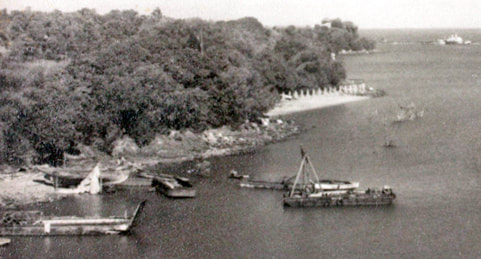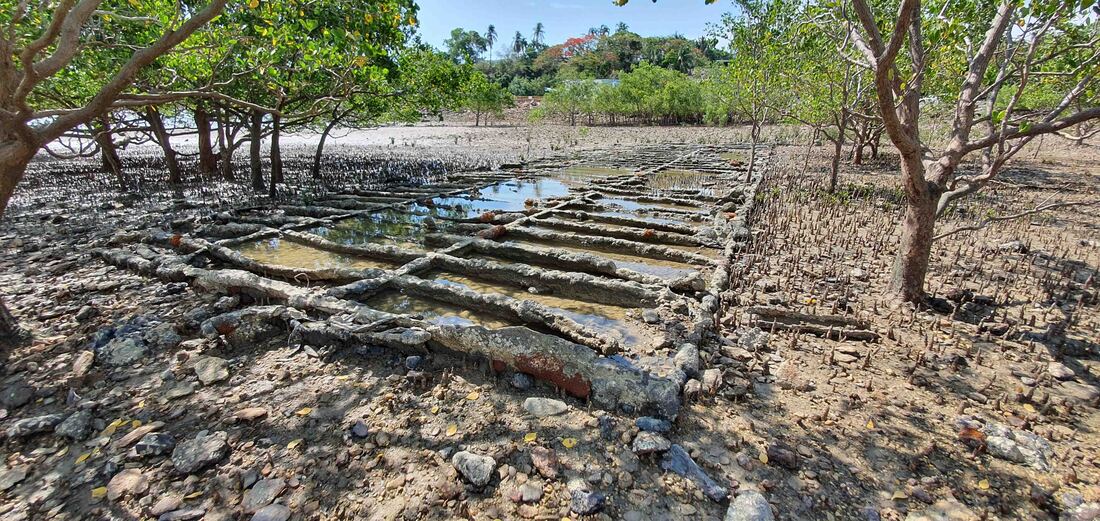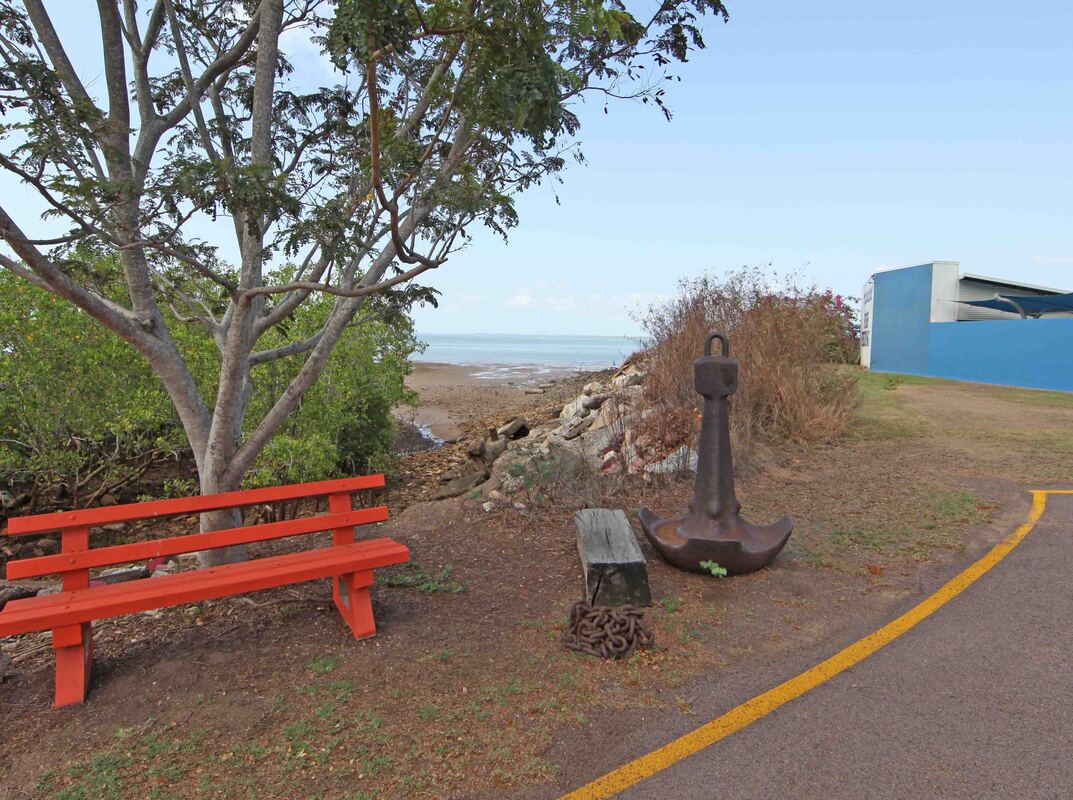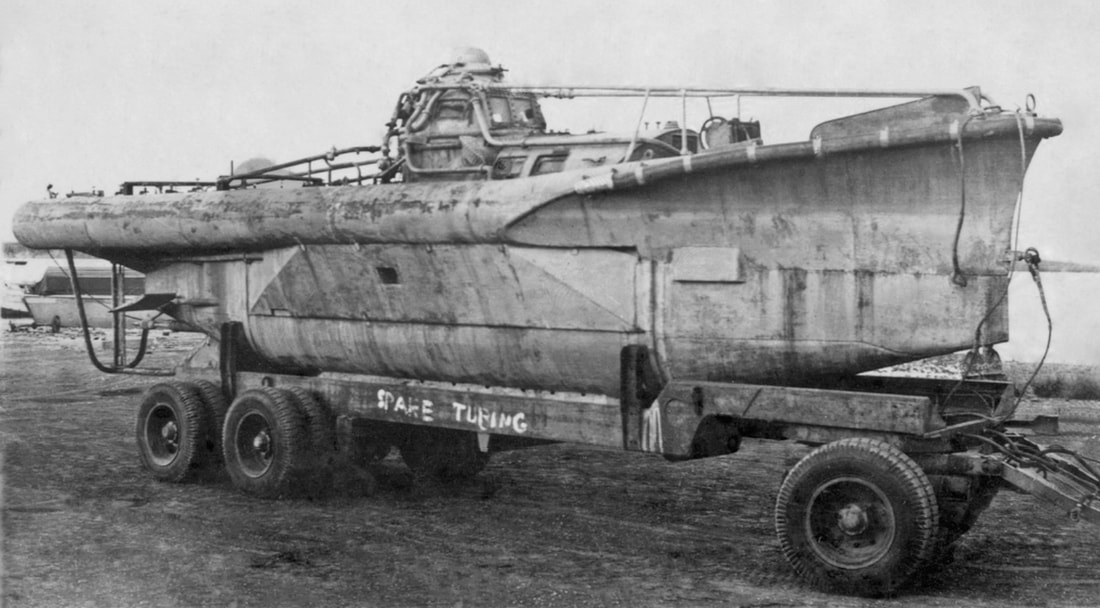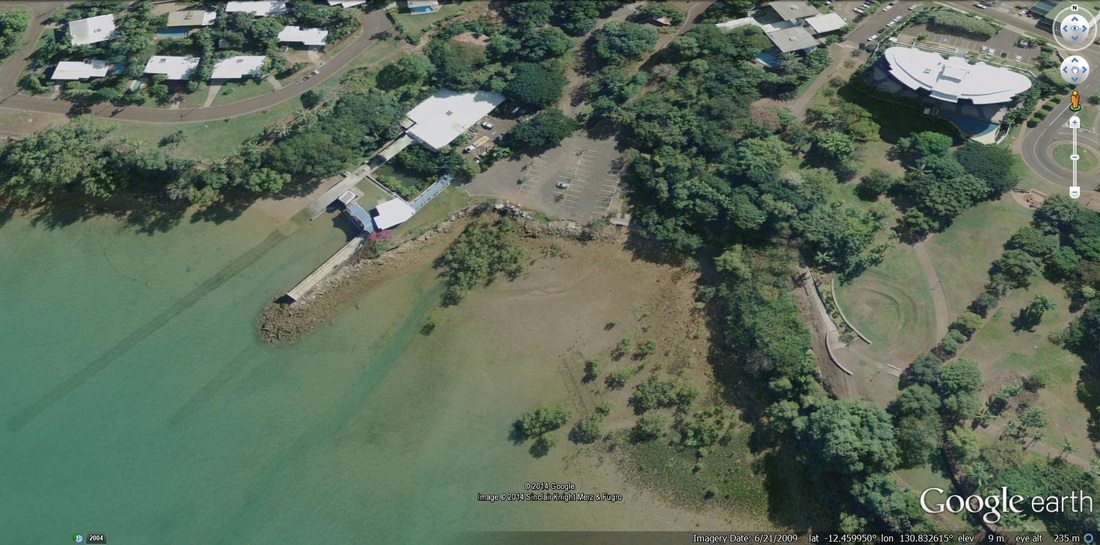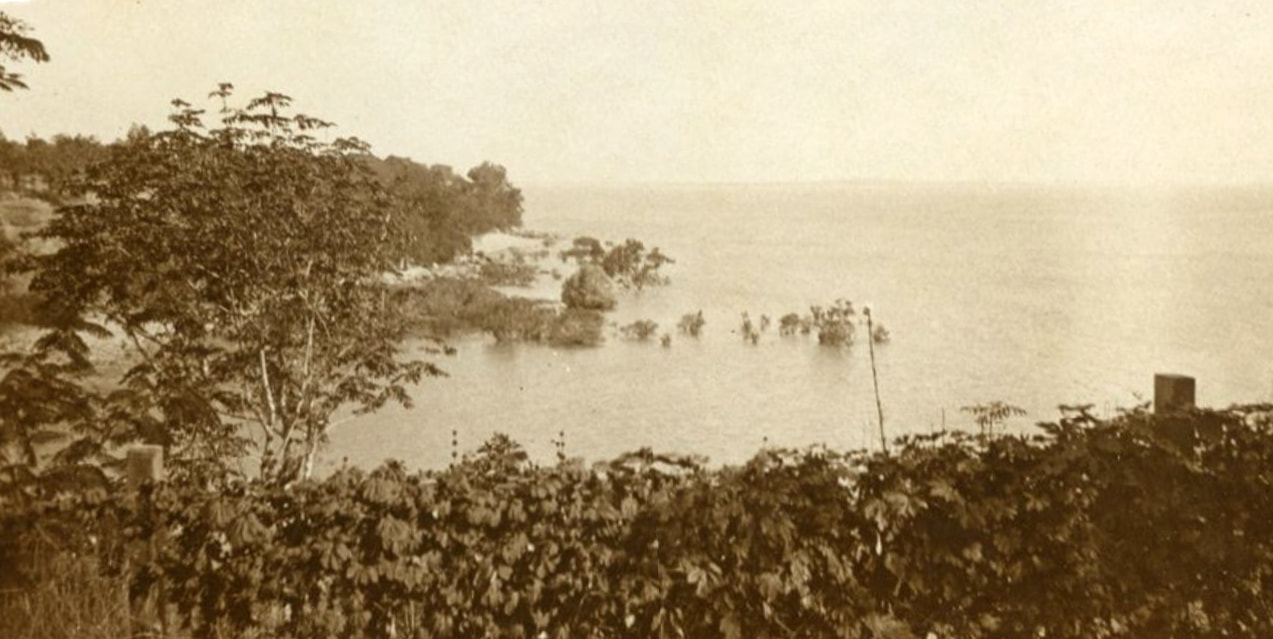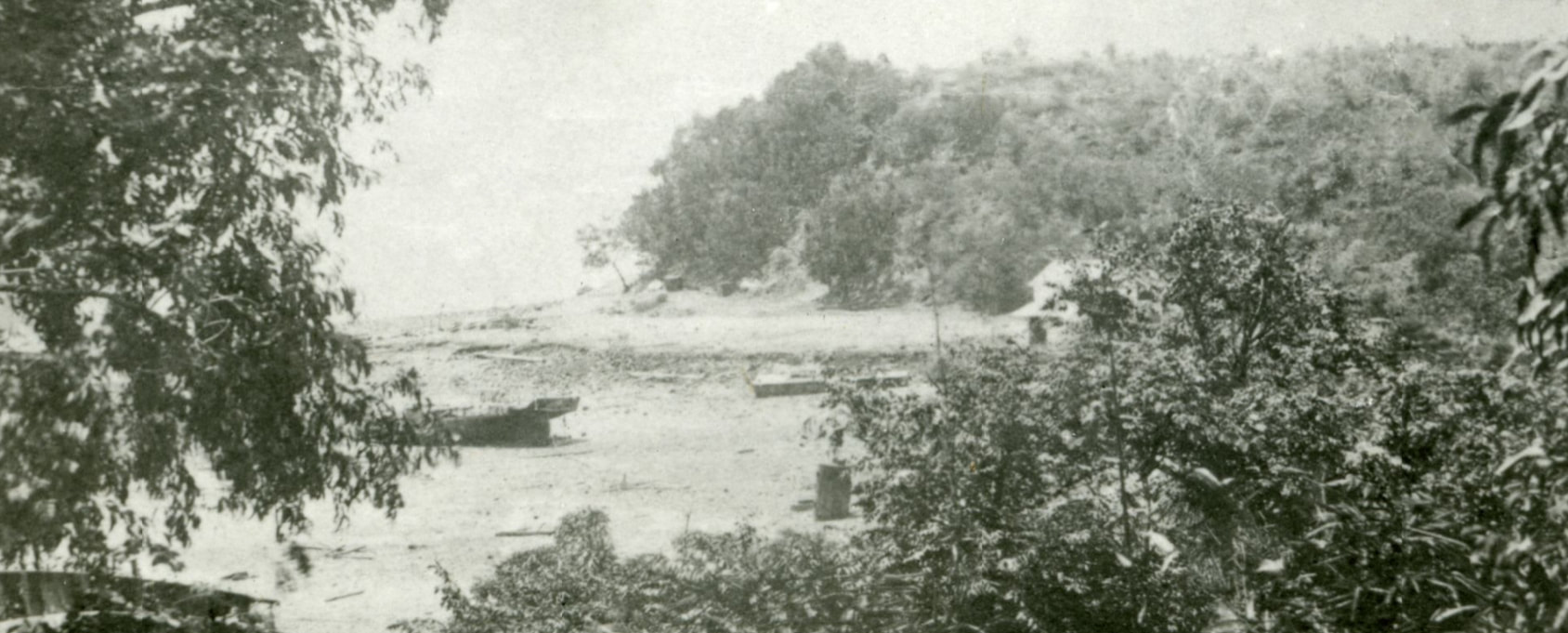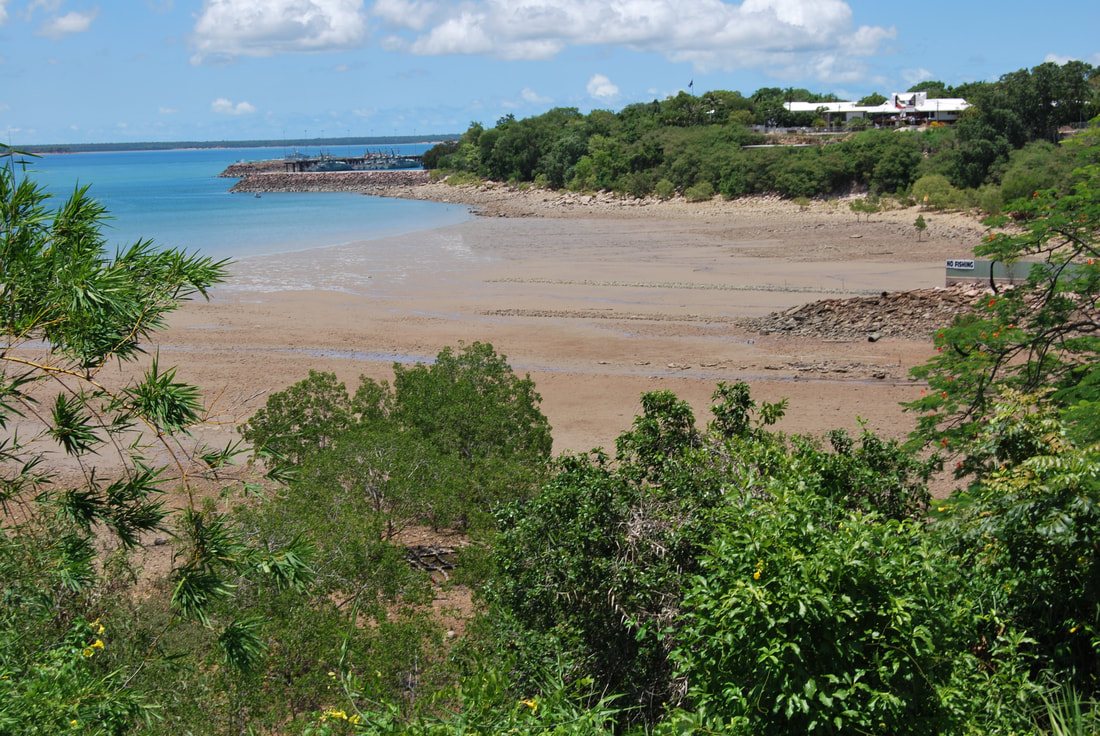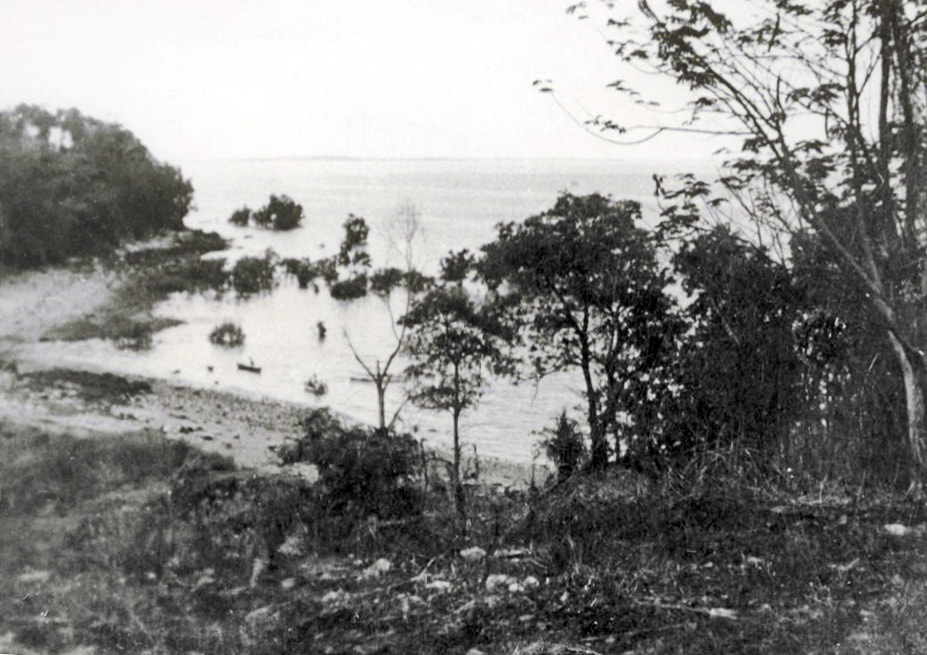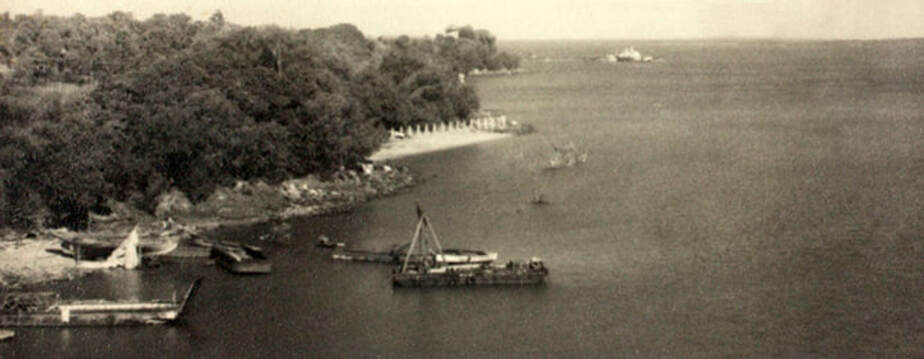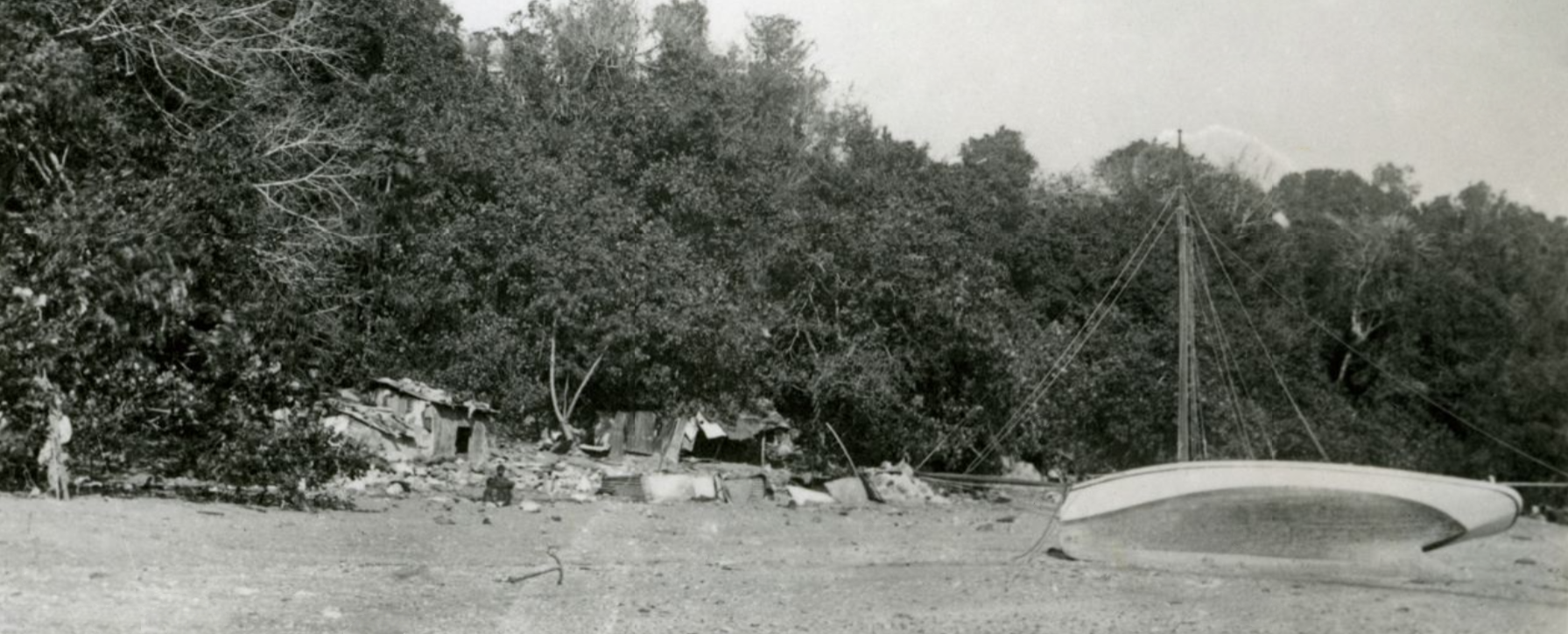Doctor's Gully - Darwin NT
Goyder's Party 1869/70
Stereoscopic images were produced in pairs to give the illusion of three-dimensional depth. The official photographer was Joseph Brooks - assisted by Capt. Samuel Sweet and Paul Foelsche was also busy. The absence of the Gulnare or an anchor suggest that this is a Brooks image.
This is the earliest map to show Doctors Gully where Dr Peel found water in 1869 "in a gully between Fort Point and Point Emery".
Port Darwin's First Brewer
The brewery was established at Peel's Well in Doctors Gully in 1873 by EJF Crawford and son Lindsay who were descended from the famous Irish dynasty which, as Beamish & Crawford of the Cork Porter Brewery, reined as Ireland's greatest brewers until surpassed by the Guinness family 1938. Crawford had established the Hindmarsh Brewery in Adelaide in 1859 which was continued until 1973 - the red brick building still stands at 12 Richard Street, Hindmarsh SA. Regrettably, both Crawford senior and the brewery were short lived as the premises at Peel's Well - described as 'a well and substantially built premises on advantageous terms' - were sold by auction without reserve on Monday 12th January 1874. Lindsay Crawford did not return south with his ailing father but remained to become an explorer, telegraph operator, storekeeper & pastoralist - being the first manger of the Victoria River Downs Station which at >12,000 sq kms was once the largest in the world.
Shou Lao Statue 1879
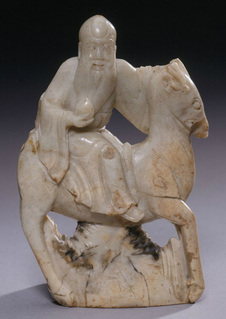
From the Power House Museum Sydney NSW. Figure 'Shou Lao', carved pinite, maker unknown, China, [early 19th century], excavated in Doctor's Gully, Palmerston, Port Darwin, Northern Territory, Australia, 1879
"The Chinese archaeologists passed no comment on the figure regarding it as a curio. Other experts passing through and to whom I have shown it, place it at the earliest in the second half of the C18th, & most likely in the early C19th. It is a minor work and no doubt there are few accurately dated examples of this kind, but I see no reason to claim great antiquity for it". Owing to the inadequacy of the record of excavation in 1879 it would appear that stylistic analysis is the only option for dating. The Powerhouse Museum continues to gather information and opinions about the date of the object." (John Wade was a Curator at the Powerhouse Museum)
Historical Notes
The Shou Lao figurine was discovered in 1879 at Doctor's Gully, Palmerston, Port Darwin, Northern Territory, when a gang of workmen, making a road, cleared a banyan tree and found the statue wedged amongst its roots. The gang was supervised by a government official, Mr Strawbridge, who pocketed the find. Late in 1888, the Curator of the Technological Museum in Sydney (later Museum of Applied Arts and Sciences) wrote to various bodies exhibiting at the Centennial International Exhibition, seeking donations of material for the Museum. In response, the South Australian Commissioner sent a plaster cast of the statuette.
Thomas Worsnop, Town Clerk of Adelaide, purchased the figure from Strawbridge for five guineas. After his death there was an unsuccessful attempt to sell the figure to the South Australian Museum. Later the figure was placed, by Worsnop's daughters, on loan to the Art Gallery of South Australia, (apparently in the 1930s) but was withdrawn during WWII for fear of Japanese bombing raids. The figure passed by descent to Mrs May Krogman, who offered it to the Australian Museum early in 1950. The curator at the Australian Museum suggested it belonged in the Technological Museum & was purchased by that museum for 10 pounds.
"The Chinese archaeologists passed no comment on the figure regarding it as a curio. Other experts passing through and to whom I have shown it, place it at the earliest in the second half of the C18th, & most likely in the early C19th. It is a minor work and no doubt there are few accurately dated examples of this kind, but I see no reason to claim great antiquity for it". Owing to the inadequacy of the record of excavation in 1879 it would appear that stylistic analysis is the only option for dating. The Powerhouse Museum continues to gather information and opinions about the date of the object." (John Wade was a Curator at the Powerhouse Museum)
Historical Notes
The Shou Lao figurine was discovered in 1879 at Doctor's Gully, Palmerston, Port Darwin, Northern Territory, when a gang of workmen, making a road, cleared a banyan tree and found the statue wedged amongst its roots. The gang was supervised by a government official, Mr Strawbridge, who pocketed the find. Late in 1888, the Curator of the Technological Museum in Sydney (later Museum of Applied Arts and Sciences) wrote to various bodies exhibiting at the Centennial International Exhibition, seeking donations of material for the Museum. In response, the South Australian Commissioner sent a plaster cast of the statuette.
Thomas Worsnop, Town Clerk of Adelaide, purchased the figure from Strawbridge for five guineas. After his death there was an unsuccessful attempt to sell the figure to the South Australian Museum. Later the figure was placed, by Worsnop's daughters, on loan to the Art Gallery of South Australia, (apparently in the 1930s) but was withdrawn during WWII for fear of Japanese bombing raids. The figure passed by descent to Mrs May Krogman, who offered it to the Australian Museum early in 1950. The curator at the Australian Museum suggested it belonged in the Technological Museum & was purchased by that museum for 10 pounds.
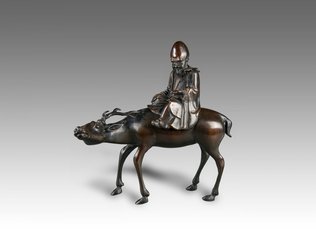 Taoist figure Shou Lao riding a deer - often holding a peach - an ancient Chinese God of longevity. Patron of doctors & medicine - one of gods of the happiness, bringing health, healing from otherwise fatal illness.
Taoist figure Shou Lao riding a deer - often holding a peach - an ancient Chinese God of longevity. Patron of doctors & medicine - one of gods of the happiness, bringing health, healing from otherwise fatal illness.
John Wade (a former Museum of Applied Arts and Sciences curator) speculates that the most likely explanation for its presence in Australia was that it came with Macassan fishermen engaged in the trepang trade with China.
Later comments on file by Claire Roberts (Powerhouse Museum Curator) following discussion with Margaret Clinch (13/2/1996) of the Northern Territory Historical Society suggest that the figurine was more likely to have been deposited in the tree some years before discovery.
The Macassan connection is unlikely because trepangers did not usually come to Doctor's Gully / Darwin, preferring instead another area of the Northern Territory. Margaret Clinch feels the figurine was more likely left by local Chinese people already in Australia.
Later comments on file by Claire Roberts (Powerhouse Museum Curator) following discussion with Margaret Clinch (13/2/1996) of the Northern Territory Historical Society suggest that the figurine was more likely to have been deposited in the tree some years before discovery.
The Macassan connection is unlikely because trepangers did not usually come to Doctor's Gully / Darwin, preferring instead another area of the Northern Territory. Margaret Clinch feels the figurine was more likely left by local Chinese people already in Australia.
Moo Tai Mue Chinese Fishermen's Temple
According to Alister M. Bowen 'Archaeology of the Chinese Fishing Industry in Colonial Victoria' this is the only known image of a Chinese Fishermen's Temple in Australia - it was taken "before 1900" at Fishermen's Beach Palmerston. Bowen continues - "Lack of water during the Northern Territory dry season slowed Chinese mining operations. At these times, the Palmerston Government often provided Chinese miners with relief work, which paid a small wage and food rations (Jones 1990:23) Part of the weekly rations included 3 1/4 lb of salt fish. It is highly likely that this product was Chinese cured fish, revealing a situation possibly unique to Australia where the government purchased produce from Chinese fish curers."
The main temple was bombed by the Japanese in 1942 after which Australian soldiers looted the furniture and temple artefacts. It is reported that soldiers bombed and destroyed the Fishermen's Temple - this could be a confusion of the events & temples - there was anti-Chinese sentiment - the area was cleared for the Catalina Base - all of the above.
The main temple was bombed by the Japanese in 1942 after which Australian soldiers looted the furniture and temple artefacts. It is reported that soldiers bombed and destroyed the Fishermen's Temple - this could be a confusion of the events & temples - there was anti-Chinese sentiment - the area was cleared for the Catalina Base - all of the above.
WWII Boat Maintenance & Catalina Base ZDG
Carl Atkinson
Carl Atkinson (1913-1985), water skiing instructor and salvage diver, took up a 'lease in perpetuity' of Doctors Gully in 1945 and the workshop lease was subsequently held by a local engineer, Stan Kennon, who subsequently relinquished it to Atkinson who expanded his operations as he held the salvage rights to the Peary and many other wartime wrecks/war graves. He was not in a financial position to realise the scrap value of these assets as he lacked the resources and motivation of Fujita, a Japanese Christian who viewed the clean-up as a personal act of national contrition.
NTL image PH0366-0028 from the Tom Lewis Collection shows Atkinson at the salvaged helm of the Peary which is now in the US.
1st man to water-ski in Sydney Harbour in 1932 & Carl Atkinson was an instructor in Darwin – a marine salvage expert and adventurer.
Acquired a lease in perpetuity over Doctor’s Gully in 1945.
Won Government contracts to clear the wrecks in the harbour.
Carl Atkinson held the salvage rights to many wartime harbour wrecks including USAT Meigs, USAT Mauna Loa, SS Zealandia and USS Peary.
At low tide you can see the rusted bottoms of former dumb-barge at Doctor's Gully.
1st man to water-ski in Sydney Harbour in 1932 & Carl Atkinson was an instructor in Darwin – a marine salvage expert and adventurer.
Acquired a lease in perpetuity over Doctor’s Gully in 1945.
Won Government contracts to clear the wrecks in the harbour.
Carl Atkinson held the salvage rights to many wartime harbour wrecks including USAT Meigs, USAT Mauna Loa, SS Zealandia and USS Peary.
At low tide you can see the rusted bottoms of former dumb-barge at Doctor's Gully.
- Credited with saving 16 lives through building the Top End’s first decompression chamber now at MAGNT.
- Started feeding the fish in 1958 as a casual interest.
- He had the area declared a Fish Reserve in 1964.
- Had a stroke in 1972
- Constructed groyne to protect fish feeding area.
- In 1979 Atkinson sold out to Marshall & Cherry Perron & moved to Murwillumbah NSW where he died in February 1985.
Fujita Salvage
Fujita Salvage 1959 - (NTL image Frank Cleget Collection) Atkinson was unable to accomplish the task of clearing the harbour and so he brought in Fujita Salvage from Japan. This potentially controversial move saw Senichiro Fujita engage with the Darwin community as a personal act of war-reparations and in doing so managed to endear himself to his nation’s former enemies. In 1959, 120 Fujita salvage workers started clearing wrecks from the harbour. The company’s photographs & video footage provide an extensive record of how the wrecks were either raised or broken up in situ for shipment to Japan as scrap metal.
The Japanese company, Fujita Salvage came to Darwin towing a large floating crane and began to remove the wartime wrecks. One hulk, the tanker British Motorist, was raised, righted and used as a mother ship for the salvage operations. The Japanese would raise large portions of vessels, transport them to the shallows and then an army of workers, all squatting, would chip the rust away. The Japanese cook, Tsutomu Watanabe, bought a pedigree Collie dog, named it Fuji, and won a prize in the North Australian Canine Association’s Championships. The Japanese liked the animal so much they had documents prepared to enable them to take it back to Japan with them when they finished salvage work.
A dispute arose over the ownership of the USS Peary and the government put the ship up for sale. This infuriated Atkinson who issued a writ to stop the salvage operations. The head of the company, Mr Fujita , and his young interpreter went to court. Lawyer John “Tiger” Lyons, appeared for the company and during a recess in the hearing draped Fujita in his gown and wig. The beaming salvage chief had his photograph taken by the interpreter.
Bowditch was present in the Hotel Darwin when Atkinson discussed payment for the wrecks with Fujita and his increasingly nervous interpreter. While admitting he was a “ little racist” when it came to Japanese because of his war experiences, Bowditch said he liked Fujita. Fujita foolishly said he would not pay Carl for the Peary as he would get it for nothing from the government. Suspecting he was being “diddled ”, Atkinson jumped up in a rage and roared. Fujita took to his heels, ran down the corridor and out into the street, with Atkinson in pursuit. Later on, Atkinson came back , laughing.
Fujita also cautiously re-entered the hotel and negotiations resumed. Bowditch borrowed a typewriter from the hotel reception office and in a cubicle designed for taking telephone calls typed up an agreement for an amount said to have been 12,000 pound ($24,000). The carriage on the typewriter kept hitting the partition and the end result did not look like a slick legal document. Nevertheless , Atkinson gave Bowditch a “sling” for his services. Bowditch felt not all the wrecks should have been removed. One at least should have been left as a reminder, a memorial like at Pearl Harbour , to remind Australia what had happened during the war.
Some of the salvage workers came ashore on leave, sampled Australian beer for the first time and got into trouble. A number just collapsed in various places about town, including a milk bar and outside the police station; another did a dance outside the Victoria Hotel. A diver was killed during the salvage operations and as his body lay in the morgue a guard of Japanese slept around the corpse at night. The body was taken to Channel Island where it was cremated before the entire salvage team. http://littledarwin.blogspot.com.au/2013_11_01_archive.html
A dispute arose over the ownership of the USS Peary and the government put the ship up for sale. This infuriated Atkinson who issued a writ to stop the salvage operations. The head of the company, Mr Fujita , and his young interpreter went to court. Lawyer John “Tiger” Lyons, appeared for the company and during a recess in the hearing draped Fujita in his gown and wig. The beaming salvage chief had his photograph taken by the interpreter.
Bowditch was present in the Hotel Darwin when Atkinson discussed payment for the wrecks with Fujita and his increasingly nervous interpreter. While admitting he was a “ little racist” when it came to Japanese because of his war experiences, Bowditch said he liked Fujita. Fujita foolishly said he would not pay Carl for the Peary as he would get it for nothing from the government. Suspecting he was being “diddled ”, Atkinson jumped up in a rage and roared. Fujita took to his heels, ran down the corridor and out into the street, with Atkinson in pursuit. Later on, Atkinson came back , laughing.
Fujita also cautiously re-entered the hotel and negotiations resumed. Bowditch borrowed a typewriter from the hotel reception office and in a cubicle designed for taking telephone calls typed up an agreement for an amount said to have been 12,000 pound ($24,000). The carriage on the typewriter kept hitting the partition and the end result did not look like a slick legal document. Nevertheless , Atkinson gave Bowditch a “sling” for his services. Bowditch felt not all the wrecks should have been removed. One at least should have been left as a reminder, a memorial like at Pearl Harbour , to remind Australia what had happened during the war.
Some of the salvage workers came ashore on leave, sampled Australian beer for the first time and got into trouble. A number just collapsed in various places about town, including a milk bar and outside the police station; another did a dance outside the Victoria Hotel. A diver was killed during the salvage operations and as his body lay in the morgue a guard of Japanese slept around the corpse at night. The body was taken to Channel Island where it was cremated before the entire salvage team. http://littledarwin.blogspot.com.au/2013_11_01_archive.html
The Sea Fox
|
In 1959, en route from South East Asia to Sydney, and after a refuelling stopover in Darwin, distress calls were heard from the 120ft luxury yacht Sea Fox. There followed an air & sea search, but the yacht was beached at Mission Bay on Elcho Island - as predicted, at low tide she fell breaking several ribs.
On board its exotic crew were the owner, the world famous magician & actor, John Calvert; his girlfriend a young Filipino singer, Pilita Corrales, a bevy of beautiful assistants and Jimmy the chimpanzee, better known as Cheetah of the Tarzan movies. It was rumoured that Jimmy escaped the stranded vessel to terrorise the residents of Elcho Island who had never seen a chimpanzee before - let alone one that smoked cigarettes. (Image NTL PH0803-0051_tif_Sea Fox at Doctors Gully) John Calvert led a flamboyant lifestyle and was as well-known for his magic as his impecunity & philandering. The Darwin media had a field day reporting many conflicting stories surrounding the sequence of the events and the damage suffered by the yacht, which was lapped up by the international media. The owner of Doctors Gully, Carl Atkinson, sailed the badly damaged Sea Fox back to Darwin where she was blown on shore from her moorings at Doctors Gully and deemed beyond repair. A bitter salvage battle followed over ownership rights, which ended when Atkinson sold the once luxurious yacht. The new owners promptly burnt it… all they wanted was the lead ballast from her keel.
Interviewed in later years Calvert was asked about taking his show on tour - "Well I first carried my show in a car, in the back of the car. Then I got a trailer put behind the car. And then I thought that if I had a truck, I could have a bigger show. And finally I have a huge semi-trailer truck. And then it came to me that 'If I had an airplane' and I thought maybe in ten years…well it wasn't that long at all that I had an airplane, then a DC-3, a Douglas airliner, and well I had about a dozen airplanes in my time. And then Henry Ford built a big yacht for his son Edsel. Edsel died, and I bought this hundred foot sailing vessel. And sailed it to Hawaii with the show on board. Interviewed in later years Calvert was asked about taking his show on tour - "Well I first carried my show in a car, in the back of the car. Then I got a trailer put behind the car. And then I thought that if I had a truck, I could have a bigger show. And finally I have a huge semi-trailer truck.
And then it came to me that 'If I had an airplane' and I thought maybe in ten years…well it wasn't that long at all that I had an airplane, then a DC-3, a Douglas airliner, and well I had about a dozen airplanes in my time. And then Henry Ford built a big yacht for his son Edsel. Edsel died, and I bought this hundred foot sailing vessel. And sailed it to Hawaii with the show on board. From Hawaii and up to Japan and down to Singapore, the Philippines, and Australia. Since then I have had a number of motor yachts. Motor sailors, and now I have a pure triple screw world cruising yacht with a cruising range of three thousand miles. And I've travelled all over the world. We crossed the Atlantic in eleven days with it. I would like to point out that this came from magic." Calvert died in September 2013 at the age of 102 – "Asia's Queen of Song" Pilar "Pilita" Garrido Corrales is in her mid-seventies a renowned pop singer-songwriter, actress, comedian, and television presenter in X Factor Philippines. The cigarette smoking chimp was in fact a fake purchased in Hong Kong by Calvert.
|
Aquascene Fish Feeding
Fuel Tanks Doctor's Gully
The Welfreighter was a British midget submarine. Whilst there are images of her at sea and suggestions that she took part in clandestine operations in Timor with Z Special forces - there is no evidence to support these claims. She survived the war and was scuttled off Rottnest Island in WA.
|
Aquascene at 3 o'clock - at 10 o'clock the boat ramp arm & behind that the patrol boat harbour - the point has been remodelled.
|
Looks like Cable Beach from Fort Hill the road cannot be below the Esplanade at Doctor's Gully & the revetted beach front is as seen Sweet's landing of the cable.
|
Doctors Gully: A Heritage Review - Peter Dermody 1995 - Dewey Number 994.295 - Libraries Australia ID 11944126
